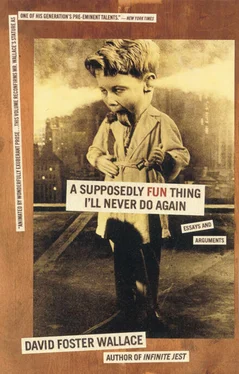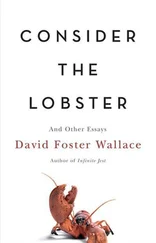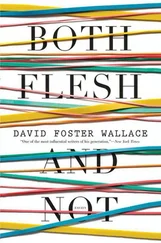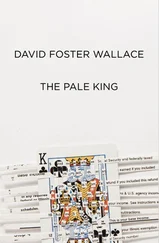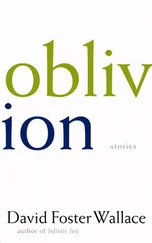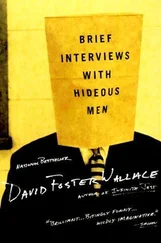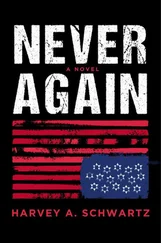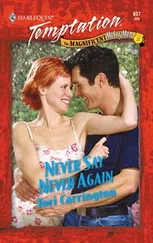David Lynch’s movies are often described as occupying a kind of middle ground between art film and commercial film. But what they really occupy is a whole third different kind of territory. Most of Lynch’s best films don’t really have much of a point, and in lots of ways they seem to resist the film-interpretive process by which movies’ (certainly avant-garde movies’) central points are understood. This is something the British critic Paul Taylor seems to get when he says that Lynch’s movies are “to be experienced rather than explained.” Lynch’s movies are indeed susceptible to a variety of sophisticated interpretations, but it would be a serious mistake to conclude from this that his movies’ point is “film-interpretation is necessarily multivalent” or something — they’re just not that kind of movie.
Nor are they seductive , though, at least in the commercial senses of being comfortable or linear or High-Concept or “feel-good.” You almost never in a Lynch movie get the sense that the point is to “entertain” you, and never that the point is to get you to fork over money to see it. This is one of the unsettling things about a Lynch movie: you don’t feel like you’re entering into any of the standard unspoken/unconscious contracts you normally enter into with other kinds of movies. This is unsettling because in the absence of such an unconscious contract we lose some of the psychic protections we normally (and necessarily) bring to bear on a medium as powerful as film. That is, if we know on some level what a movie wants from us, we can erect certain internal defenses that let us choose how much of ourselves we give away to it. 14The absence of point or recognizable agenda in Lynch’s films, though, strips these subliminal defenses and lets Lynch get inside your head in a way movies normally don’t. This is why his best films’ effects are often so emotional and nightmarish (we’re defenseless in our dreams, too).
This may, in fact, be Lynch’s true and only agenda: just to get inside your head. 15He sure seems to care more about penetrating your head than about what he does once he’s in there. Is this “good” art? It’s hard to say. It seems — once again — either ingenious or psychopathic.
12 one of the relatively picayune Lost Highway scenes I got to be on the set of
Given his movies’ penchant for creepy small towns, Los Angeles might seem an unlikely place for Lynch to set Lost Highway , and at first I’m thinking its choice might represent either a cost-cutting move or a grim sign of Lynch having finally Gone Hollywood.
LA in January, though, turns out to be plenty Lynchian in its own right. Surreal/banal juxtapositions and interpenetrations are everyplace you look. The cab from LAX has a DDS machine attached to the meter so you can pay the fare by major credit card. Or there’s my hotel’s 16lobby, which is filled with beautiful Steinway piano music, except when you go over to put a buck in the piano player’s snifter or whatever it turns out there’s nobody playing, the piano’s playing itself, but it’s not a player piano, it’s a regular Steinway with a weird computerized box attached to the underside of its keyboard; the piano plays 24 hours a day and never once repeats a song. My hotel’s in what’s either West Hollywood or the downscale part of Beverly Hills; two clerks at the registration desk start arguing the point when I ask where exactly in LA we are. The argument goes on for an absurdly long time with me just standing there.
My hotel room has unbelievably fancy and expensive French doors that open out onto a balcony, except the balcony’s exactly ten inches wide and has an iron fence with decorations so sharp-looking you don’t want to get anywhere near it. I don’t think the French doors and balcony are meant to be a joke. There’s an enormous aqua-and-salmon mall across the street, very upscale, with pricey futuristic escalators slanting up across the mall’s exterior, and yet I never in three days see a single person a- or descend the escalator; the mall is all lit up and open and seems totally deserted. The winter sky seems smogless but unreal, its blue the same supersaturant blue as Blue Velvet ’s opening’s famous sky.
LA has a big city’s street musicians, but here the musicians play on median strips instead of on the sidewalk or subway, and patrons throw change and fluttering bills at them from their speeding cars, many with the casual accuracy of long practice. On the median strips between the hotel and David Lynch’s sets, most of the street musicians were playing instruments like finger-cymbals and citterns.
Fact: in my three days here for Premiere magazine I will meet two (2) different people named Balloon.
The major industry around here seems to be valet parking; even some of the fast food restaurants here have valet parking; I’d love to have the West Hollywood/Beverly Hills concession on maroon valet sportcoats. A lot of the parking attendants have long complicated hair and look sort of like the Italian male model who’s on Harlequin Romance covers. In fact pretty much everybody on the street seems ridiculously good-looking. Everybody is also extremely well- and fashionably dressed; by the third day I figure out that the way to tell poor and homeless people is that they look like they dress off the rack. 17The only even marginally ravaged-looking persons in view are the hard-faced Latin guys selling oranges out of grocery carts on whatever median strips aren’t already taken by cittern players. Supermodels can be seen running across four-lane roads against the light and getting honked at by people in fuchsia Saabs and tan Mercedeses.
And it’s true, the big stereotype: from any given vantage at any given time there are about four million cars to be seen on the roads, and none of them seems to be unwaxed. People here have got not only vanity license plates but vanity license-plate frames . And just about everybody talks on the phone as they drive; after a while you get the crazy but unshakable feeling that they’re all talking to each other, that whoever’s talking on the phone as they drive is talking to somebody else who’s driving.
On the first night’s return from the set, a Karmann-Ghia passed us on Mulholland with its headlights off and an older woman behind the wheel holding a paper plate between her teeth and still talking on a phone.
So the point is Lynch isn’t as out of his filmic element in LA as one might have initially feared.
Plus the location helps make this movie “personal” in a new way, because LA is where Lynch and his S.O., Ms. Mary Sweeney, 18make their home. Corporate and technical headquarters for Asymmetrical Productions is the house right next door to theirs. Two houses down on the same street is the house Lynch has chosen to use for the home of Bill Pullman and brunette Patricia Arquette in Lost Highway ’s first act. It’s a house that looks rather a lot like Lynch’s own, a house whose architecture could be called Spanish in roughly the same way Goya could be called Spanish.
A film’s director usually has a number of Assistant Directors, whose various responsibilities are firmly established by Hollywood convention. The First Assistant Director’s responsibility is the maximally smooth ordered flow of the set. He’s in charge of coordinating details, shouting for quiet on the set, worrying, and yelling at people and being disliked for it. This allows the director himself to be kind of a benign and unhassled monarch, occupied mostly with high-level creative concerns and popular with the crew in a kind of grandfatherly way. Lost Highway ’s First Assistant Director is a veteran 1st A.D. named Scott Cameron, who wears khaki shorts and has stubble and is good-looking in a kind of unhappy way. 19The Second Assistant Director is in charge of scheduling and is the person who makes up the daily Call Sheet, which outlines the day’s production schedule and says who has to show up where and when. There’s also a Second Second Assistant Director, 20who’s in charge of interfacing with the actors and actresses and making sure their makeup and costumes are OK and going to summon them from their trailers when the stand-ins are done blocking off the positions and angles for a scene and everything’s ready for the first string to come on.
Читать дальше
